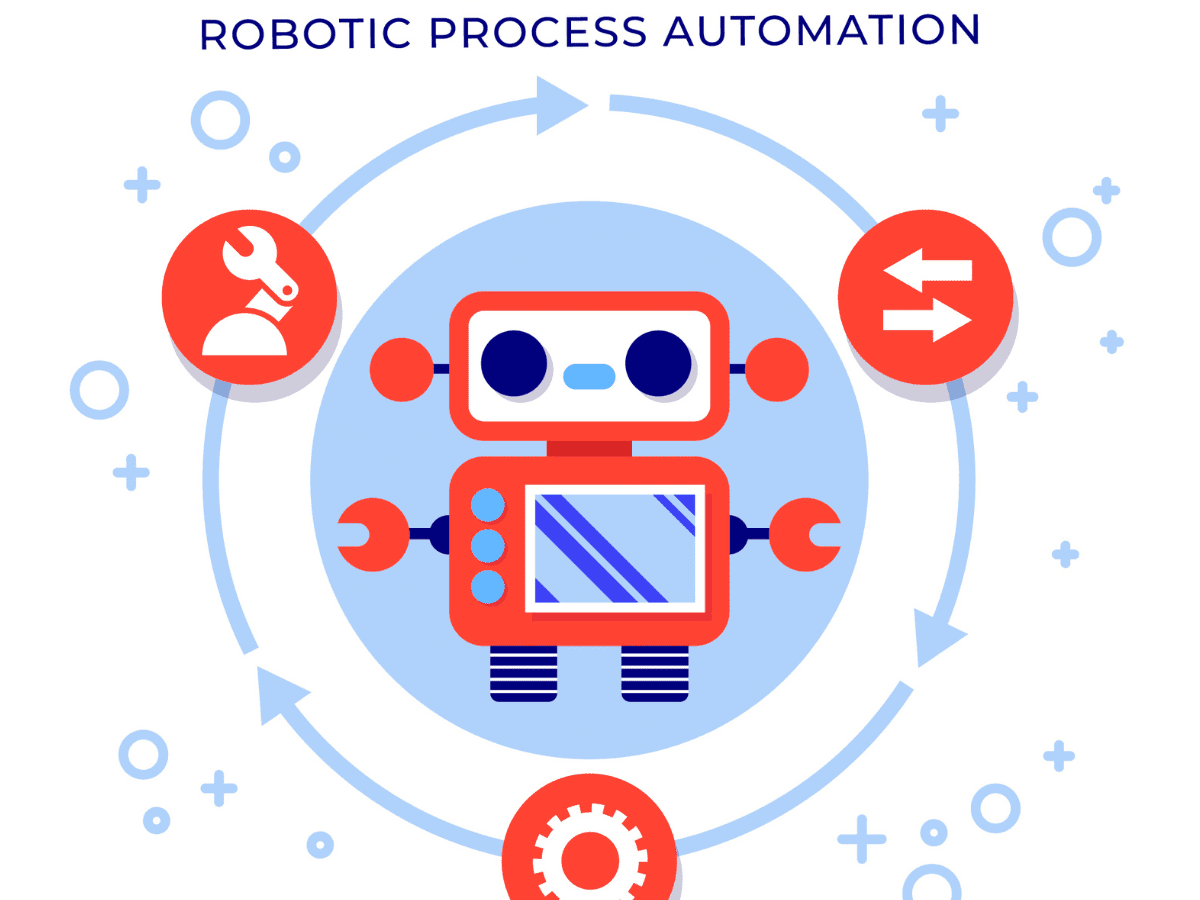The glowing screen in your hand, the satellite guiding your commute, the very infrastructure of the global economy – all are powered by a silent partner: quantum mechanics. This isn’t science fiction; it’s the legacy of the “First Quantum Revolution.” This transformative era was defined not by taming the quantum world, but by cleverly exploiting its bizarre rules. By harnessing these effects, we built the transistor, the laser, and the silicon chip, turning abstract physics into the foundational pillars of modern industry.
And now, as we stand at the threshold of the Second Quantum Revolution, the stakes and the opportunities are exponentially higher. This time, the mission isn’t merely to take advantage of quantum oddities, but to deliberately engineer and control them with unprecedented precision. In labs from Boston to Berlin, qubits are being cooled to near-absolute zero, photons are being braided into unbreakable communication channels, and exotic materials are being coaxed into revealing entirely new phases of matter. Corporations and governments are pouring billions into the race, not out of scientific curiosity alone, but because the competitive upside is impossible to ignore. Quantum computers promise to simulate complex molecules that today’s supercomputers can barely approximate, potentially cutting drug-development timelines from years to months. Quantum sensors could detect minute changes in climate patterns, subterranean structures, or even neurological signals, redefining everything from infrastructure management to personalized medicine. And quantum-secure networks once a futuristic concept are now emerging as a necessity in an era when traditional encryption is nearing obsolescence.
What was once the domain of elite physicists is rapidly becoming the next great economic battleground, an arena where intellectual property, national security, and technological supremacy converge. The companies that master this landscape won’t just lead an industry; they’ll set the trajectory for global innovation for decades to come.
The Quantum Foundation: Transistors and Semiconductors
At the heart of every computer, smartphone, and modern electronic device lies the fundamental building blocks of transistors and semiconductors. These components operate based on the intricate dance of electrons through materials, a process intricately governed by quantum rules. Without the precise manipulation of quantum effects, the electronic devices that have become indispensable in our lives would simply not exist.
Illuminating Innovations: The Power of Lasers
The ubiquitous presence of lasers in our modern world underscores their significance in a myriad of applications. From fiber-optic internet and barcode scanners to medical surgery and Blu-ray players, lasers have revolutionized multiple industries. Central to their functionality is the ability to control how atoms release photons, the fundamental particles of light, showcasing the power of quantum mechanics harnessed for practical purposes.
Peering Inside: The Marvel of MRI Technology
In the realm of medical diagnostics, Magnetic Resonance Imaging (MRI) stands out as a testament to the transformative power of quantum technology. By manipulating the quantum “spin” of protons within the body’s water molecules, MRI technology enables healthcare professionals to delve deep into the human body, providing invaluable insights for diagnosis and treatment.
Navigating the Quantum Precision: GPS Technology
The seamless operation of GPS technology, guiding us through unknown territories with pinpoint accuracy, owes its precision to the underlying quantum devices that power it. Satellites, the backbone of GPS systems, rely on atomic clocks – quantum devices that maintain near-perfect timekeeping by measuring the consistent “tick” of an electron in an atom. This quantum precision ensures the reliability of our navigation systems.
Enlightening Efficiency: LEDs and Solar Panels
Two pervasive technologies, LEDs (Light-Emitting Diodes) and solar panels, epitomize the transformative potential of the quantum phenomenon known as the photoelectric effect. LEDs harness the energy released when electrons jump between energy levels to create light efficiently, while solar panels absorb light to liberate electrons and generate a current – showcasing the dual capabilities of quantum principles in illuminating and powering our world sustainably.
Embracing the Quantum Future
As we stand on the cusp of further technological advancements, the legacy of the First Quantum Revolution serves as a guiding light, illuminating the path towards a future where quantum effects continue to shape and redefine the technological landscape. From quantum computing to quantum communication, the potential applications of quantum mechanics are vast and promising, heralding a new era of innovation and discovery.
Summing up facts the First Quantum Revolution has not only revolutionized the way we understand and manipulate technology but has also underscored the profound impact of quantum mechanics on our daily lives. From the smallest transistors to the grandest GPS systems, the intricate interplay of quantum effects has ushered in a new era of possibilities, shaping a future where the boundaries of technology are limited only by the extent of our imagination. As we traverse this quantum landscape, let us embrace the wonders of the quantum world and the limitless potential it holds for shaping a brighter tomorrow.







